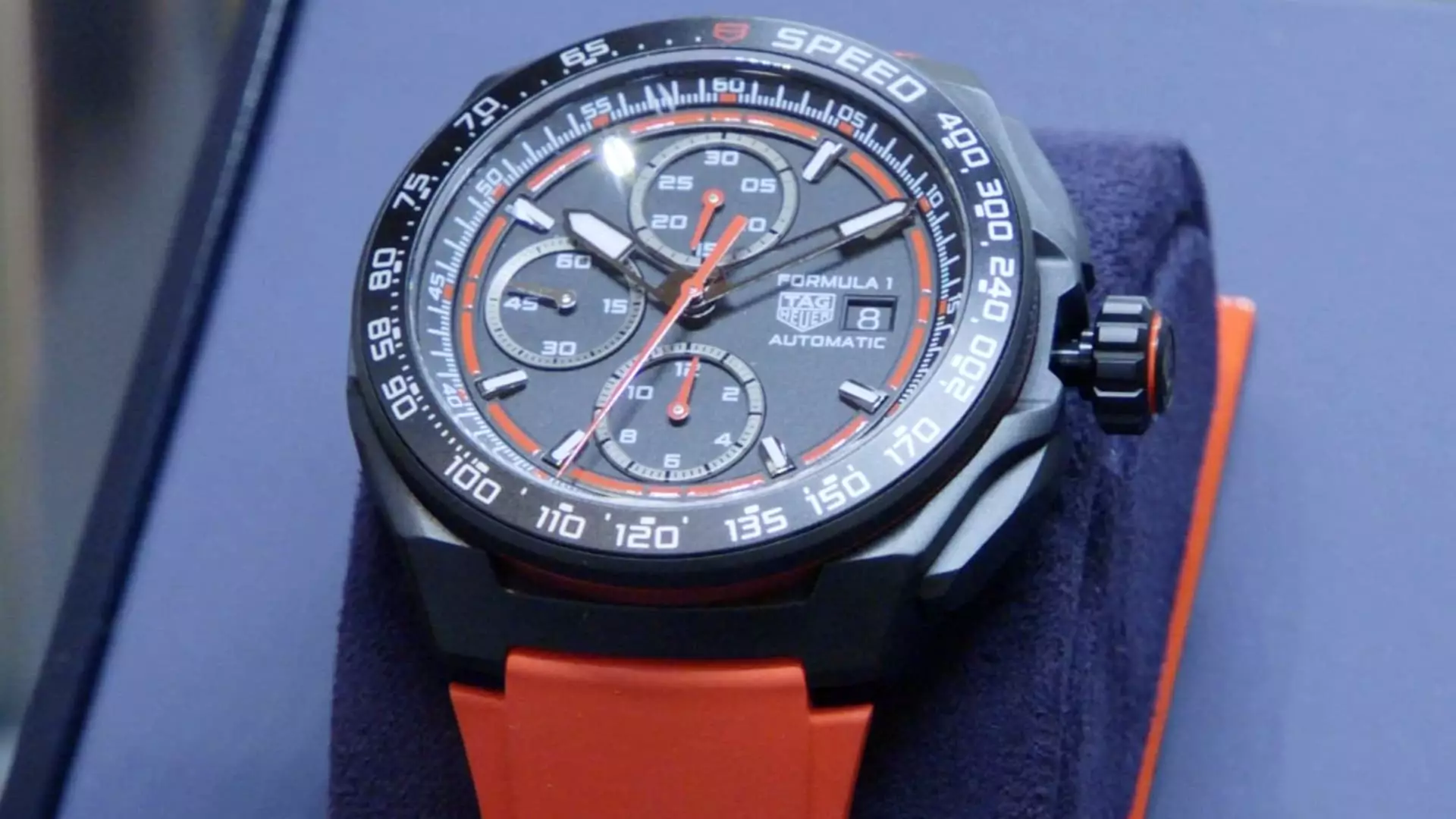The luxury market has always been a bellwether of economic sentiment, and recent reports indicate that after a challenging year of declining sales, LVMH Moët Hennessy Louis Vuitton has entered a phase of recovery. According to the latest earnings call, this giant of the luxury industry reported a 3% increase in sales for its watches and jewelry segment. This revival not only contrasts sharply with the downturn seen in its fashion and leather goods division—a decline of 1%—but also highlights a growing optimism among the brand’s executives regarding consumer spending trends, particularly amongst affluent Americans.
Despite the optimism, challenges linger, particularly in the Chinese market, which has been slow to bounce back. The CEOs of various LVMH brands have expressed cautious optimism for the future, pointing to an uptick in consumer confidence, particularly post-U.S. presidential election. Anthony Ledru, CEO of Tiffany & Co., noted that clarity regarding political developments can have a positive effect on consumer behavior. This is critical for luxury brands that rely heavily on psychological factors driving consumer purchases.
To capitalize on the recovering market, LVMH has embarked on robust product launches. For instance, the introduction of new offerings such as Louis Vuitton’s “Tambour Taiko Spin Time” collection showcases innovative designs that pay homage to nostalgic elements, while TAG Heuer’s revived partnership with Formula 1 has seen immediate sales boosts. The enthusiasm surrounding these new products indicates a deliberate strategy to reinvigorate the brand’s appeal through innovation and engagement.
Jean Arnault, director of Louis Vuitton watches, articulated a long-term vision for establishing the brand as a leading player in high-end watchmaking. The notion that achieving recognition will require time—perhaps even a generation—is telling of the luxury sector’s complexities. High craftsmanship and quality assurance are paramount, which means that building a reputation isn’t simply a sprint but a marathon filled with careful execution.
Another trend influencing the jewelry landscape is the significant change in client demographics, particularly regarding gender equality in spending. CEO Jean-Christophe Babin of Bulgari highlighted this shift, noting that more women are purchasing luxury items for themselves rather than waiting for gifts from men. This is an important evolution in the luxury sector, as it indicates a more balanced purchasing power that brands can no longer afford to ignore.
As women’s financial independence continues to rise, luxury brands are tasked with not only appealing to male consumers through traditional gift-giving avenues but also nurturing a robust relationship with female customers. This necessitates understanding the unique preferences and aspirations of women, potentially reshaping the brand’s marketing strategies and product lines to reflect this empowerment.
While the outlook remains positive, looming uncertainties such as U.S. tariffs pose significant risks. The varying costs of production and potential tariff implications are critical considerations for brands relying on exports from Europe. The executives at LVMH are keeping a watchful eye on policy changes that may affect pricing and sales strategies.
Nonetheless, the current strong dollar has contributed to a rise in American travelers purchasing luxury goods in Europe. This counter-strategy could buffer the impact of any potential U.S. tariff increases by enabling consumers to seek purchases abroad, where they might find more attractive pricing structures.
As we inch closer to 2025, the CEOs of LVMH’s watch and jewelry divisions express cautious optimism for the future. The synergy of innovation, demographic shifts, and consumer confidence suggests a robust environment for luxury goods. However, navigating the complexities of international trade and consumer behavior remains critical for sustained growth.
LVMH’s resurgence in the watch and jewelry sectors represents a confluence of anticipated consumer behavior, innovative product launches, and increasingly empowered demographics. The challenge now lies in maintaining this momentum while being ever-vigilant of external factors that could impact the delicate balance of growth within the luxury sector. As brands like Bulgari and Tiffany adapt to these emerging trends, they continue to set the stage for what could be a prosperous era in luxury retail.

